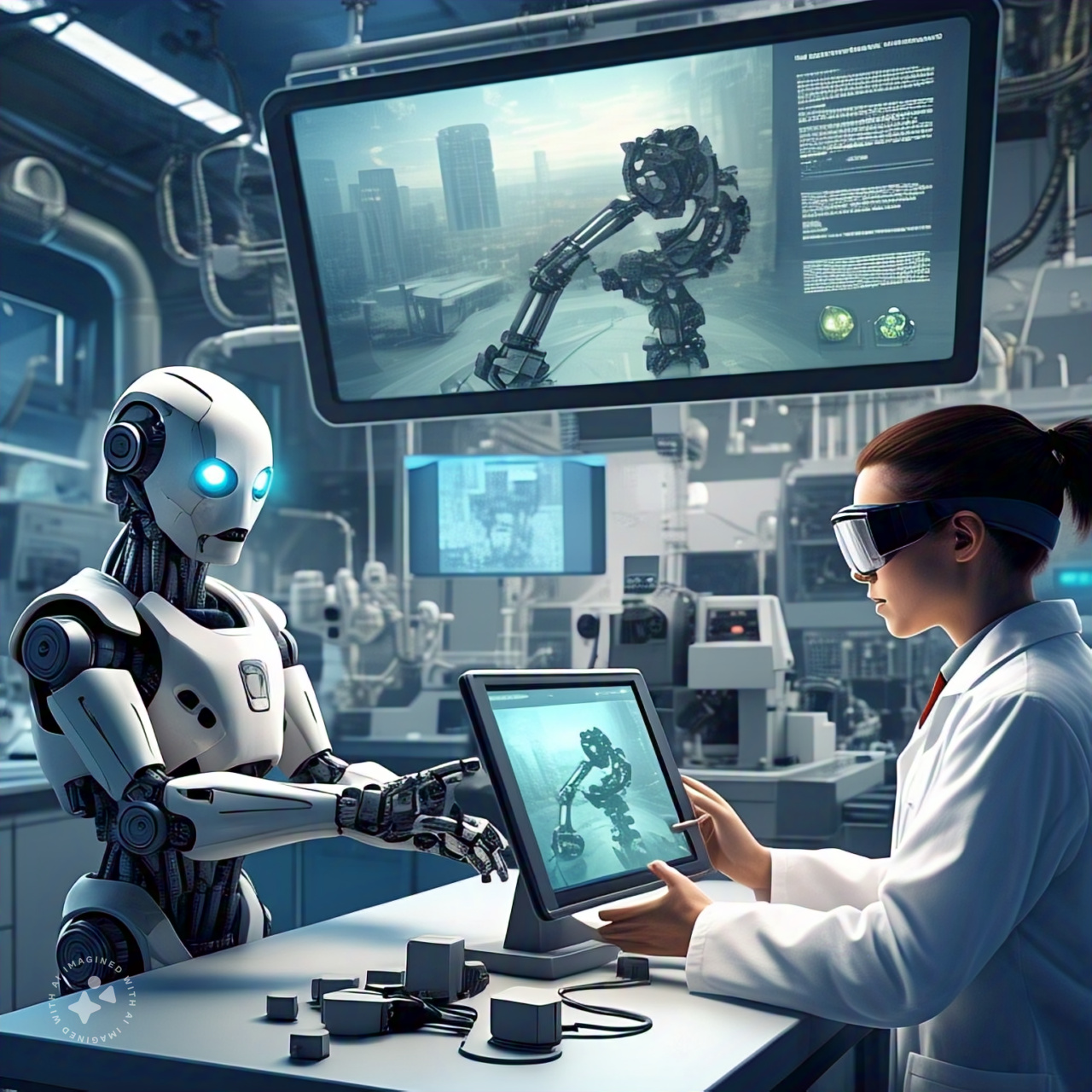The Rise of the Machines (and Our Collaboration With Them): Exploring the Power of Transfer Learning
Transfer Learning in machine learning leverages pre-trained models, such as those for image recognition or language processing, and fine-tunes them for specific tasks, improving efficiency and performance.
Welcome to my blog! For my first post, let’s dive into an exciting area within the field of Machine Learning: Transfer Learning. We’re moving beyond training AI models from scratch every time, and it’s revolutionizing how quickly we can deploy intelligent systems.
The Challenge of Training from Scratch
Traditional Machine Learning often requires a massive amount of labeled data to train a model effectively. This can be incredibly time-consuming, resource-intensive, and frankly, unrealistic for many applications. Imagine having to train a model to recognize cats and dogs completely from scratch every single time! That’s where Transfer Learning enters the scene.
What is Transfer Learning?
At its core, Transfer Learning is about leveraging knowledge gained from solving one task and applying it to a different, but related, task. Think of it like learning to play the piano and then finding it easier to learn other keyboard instruments. The foundational skills are transferable.
In machine learning, this usually involves:
- Pre-trained Models: Using models that have been trained on huge datasets, like image recognition models trained on ImageNet or language models trained on massive text corpora.
- Fine-tuning: Taking these pre-trained models and slightly adjusting (fine-tuning) them for a specific task or dataset.
The Power of Transfer Learning
The benefits of transfer learning are substantial:
- Reduced Data Needs: You can achieve high accuracy with significantly less labeled data, a major boon for real-world applications where data is often scarce or expensive.
- Faster Training Times: Fine-tuning a pre-trained model is much faster than training a model from the ground up, saving you time and computational resources.
- Improved Model Performance: In many cases, transfer learning can even lead to models that perform better than models trained from scratch, as the pre-trained models have already learned rich feature representations from large datasets.
Practical Applications of Transfer Learning
Transfer learning is used in a wide array of AI applications, including:
- Natural Language Processing (NLP): Pre-trained models like BERT and GPT power many language understanding and generation tasks.
- Computer Vision: Image classification, object detection, and image segmentation are all heavily reliant on transfer learning.
- Medical Imaging: Analyzing X-rays, MRIs, and other medical images can benefit immensely from transfer learning techniques.
- Speech Recognition: Creating accurate and efficient speech recognition systems often utilizes pre-trained audio models.
The Future of AI: Collaboration and Reusability
Transfer learning represents a fundamental shift in how we approach AI development. It emphasizes reusability, collaboration, and efficiency. It allows researchers and practitioners to build upon the shoulders of giants, accelerating progress in the field and enabling the creation of more powerful and adaptable AI systems.
I’m excited to explore the exciting possibilities that transfer learning unlocks and discuss its future implications in subsequent posts.
What are your thoughts on transfer learning? Have you worked with it before? What areas are you most interested in seeing it applied to? Let’s talk about it in the comments!
Thank you for joining me on this journey!
